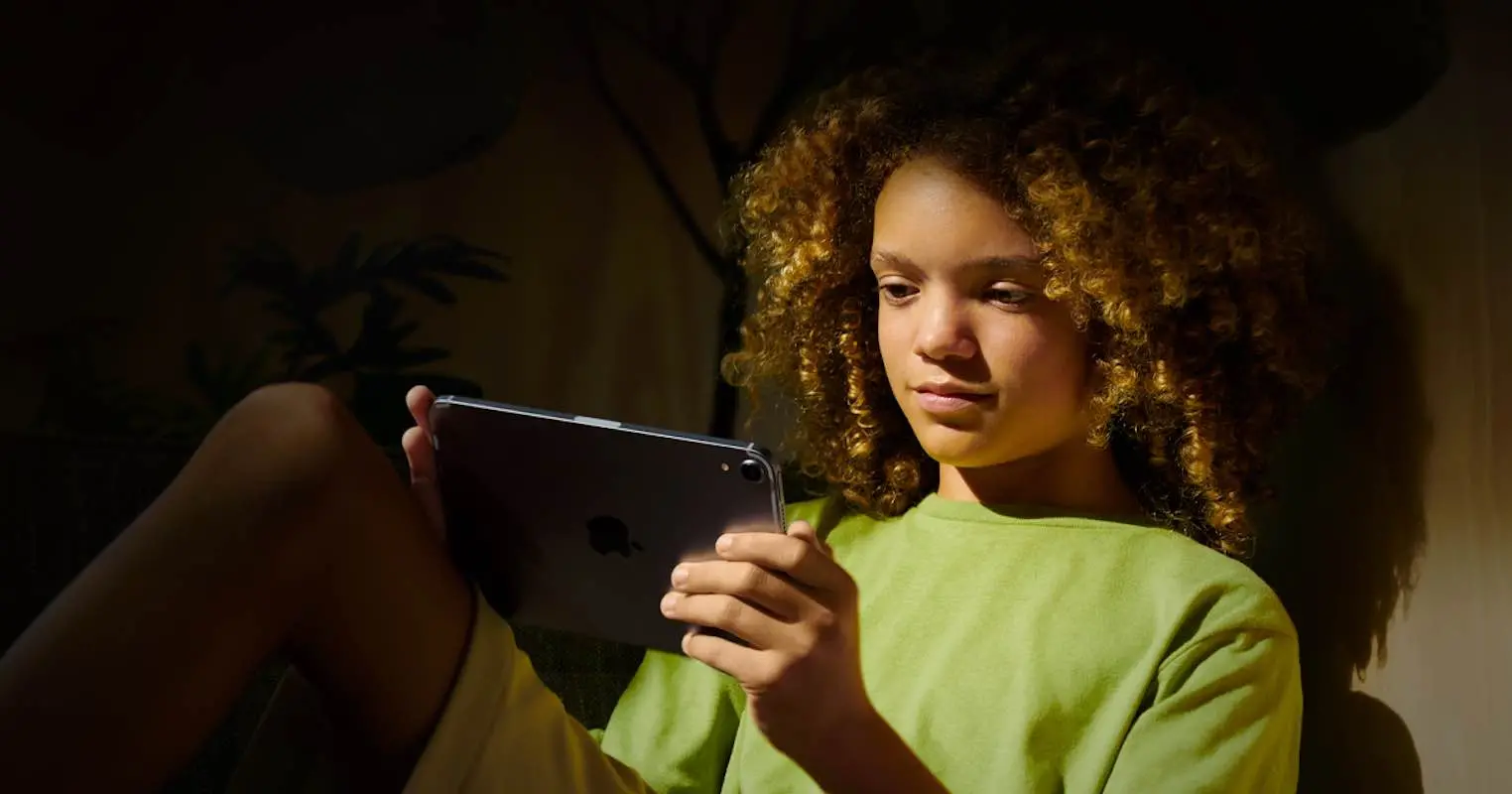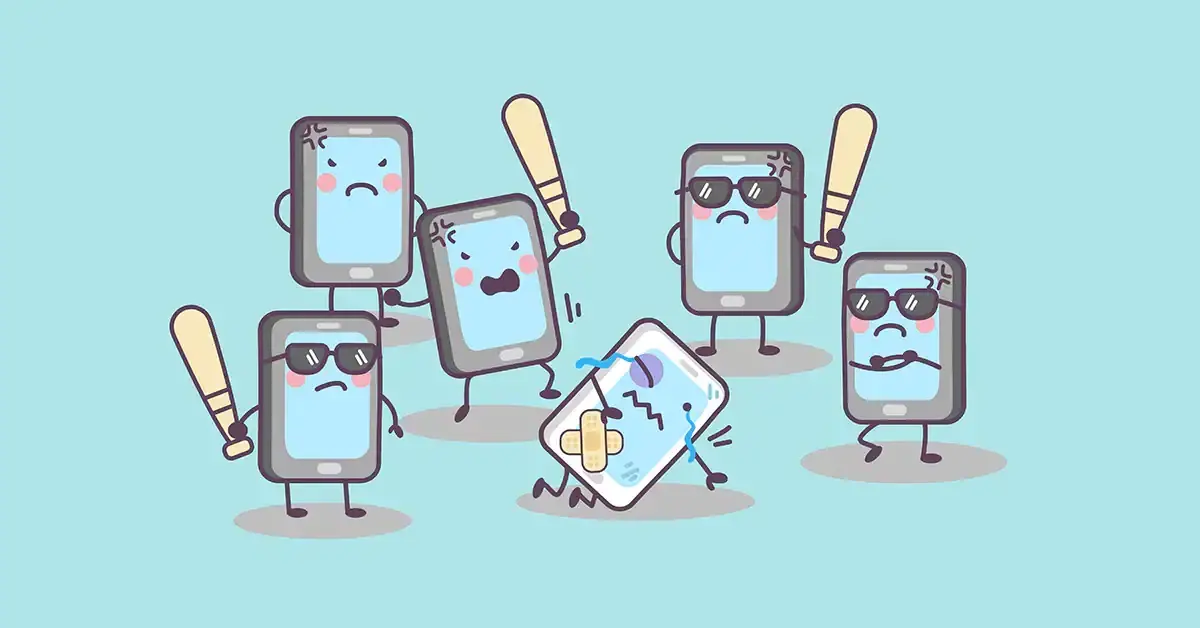
If you have kids in the school system, you’ve been hearing about bullying and its negative effects for quite a while. Yes, the days when kids went to high school and had to worry about having their heads flushed or shoved into lockers have, for the most part, gone by the wayside. Teachers are now instructed on and actively watch for physical bullying, and there are a lot of anti-bullying campaigns. But just like when you douse a campfire and there’s a chance of jumping embers, when you control one type of bullying another one can crop up. I’m talking about cyberbullying or online harassment, and it’s become a serious problem in Canada.
The origins of cyberbullying
Given how much we talk about or hear about bullying right now, it’s easy to think it’s a fairly recent issue, one that’s cropped up in the past 20 or so years. Bullying has been around for a long, long time, and some references date back to the last century.
- Take Oliver Twist by Charles Dickens for example. Published in 1838, it’s said to be the first novel in English literature that focuses on a child being bullied.
- Take a jump through time to 1967 and The Outsiders, a book my own son read for Grade 8 English this past school year. It talks about a 14-year-old being bullied and how he deals with it.
- Who can forget Judy Blume’s books? Blubber was written when I was a toddler, but it still had the power to make me cry for the bullied 5th-grade girl when I read it in elementary school. I don’t think I could read it now that I have my own kids.
- There have been movies dealing with bullying, with some done in such a way they can seem funny and desensitize you to bullying. Revenge of the Nerds, Back to the Future, and The Karate Kid are just a few from the 80’s, and more recently there’s been Mean Girls.
We’d like to think these movie and book portrayals are exaggerated, but these situations happen every single day to thousands of kids across Canada. They just don’t always happen in ways that might be obvious, and that’s because that little smartphone world we’re all guilty of living in has become the birthplace of a different kind of bullying – cyberbullying.
Cyberbullying really kicked off when we all started to use smartphones, but it was happening on personal computers long before that. Lives are now led online just as much as off, and that’s OK if you’re an adult and you’re using judgment and manners to keep your online interactions as positive as possible. What happens though, if you’re a kid who lacks judgment? What if you’re someone who doesn’t realize what goes online stays online forever, and you can’t comprehend or you don’t really care if there is someone on the other end of the app or website who is a living, breathing person with feelings? Well, then you have a problem, and because we all carry a smartphone around with us 24/7, it’s not a small problem.
What is cyberbullying?
The basic definition of cyberbullying is that it’s a type of harassment using technology. Someone who cyber bullies uses his or her smartphone as a method to harass, be hostile to, or slander someone else online. It’s long been my opinion that one of the most brutal and obvious places you can find examples of cyberbullying is in the comments section of YouTube. I’m not a kid, but I’ve posted videos and been told to harm myself and I’ve read YouTube comments about my weight, clothes, and looks. While YouTube has implemented strategies to reduce these comments, you’ll still find a huge issue with cyberbullying on apps like Facebook, Instagram, Snapchat, TikTok, and Discord.
How cyberbullying happens
Because cyberbullying takes place in the relatively private world of a smartphone, tablet, or computer, it’s really hard to monitor and even harder to put a stop to. If you take a look at British Columbia’s Ministry of Education’s website Erasebullying.ca, there’s a line that pretty much sums it all up.
Cyberbullying has expanded the boundary of bullying, allowing kids to be bullied 24 hours a day, 7 days a week, regardless of where they are – even in their own bedrooms.
They share a video PSA that hits home too.
Kids will post videos, photos, or just commentary about themselves on social media, blogs, or other websites and people are able to comment. When someone else, whether they know them or not, jumps in and says something mean or hurtful, that’s cyberbullying. Things like “You’re ugly,” or “You’re fat,” are common. As we all know, those are just mild comments. It can get so much worse.
One of the most well-known cases of cyberbullying in Canada was that of Amanda Todd, a 15-year-old teen from British Columbia. She was both cyberbullied and cyberstalked, and tragically, she decided to commit suicide in 2012. In 2022, 10 years later, a Netherlands man was extradited to Canada, charged, and given 13 years of jail time for harassing and stalking her and other teens using 22 different social media accounts. He was also given 11 years of jail time in the Netherlands.
This case is only one example of a child driven to self-harm because of cyberbullying. It might be an extreme example, but you can see how these situations have the power to escalate. Some of the most recent data on cyberbullying shows that, on a scale of 35 countries, Canada has the 9th highest rate of bullying for 13 years olds. Almost 50% of Canadian parents report they have at least one child that’s been bullied, and that’s just the data on people who report. Can you imagine how high the number actually is?
How you can put a stop to cyberbullying

Now that you know what cyberbullying is and how prevalent it is for our kids, what can you do about it if it’s happening to someone in your family or you think your child is victimizing someone else?
Be the person your child trusts
In the case of any type of bullying, knowing is half the battle. Kids, especially pre-teens or teens, have a hard time opening up about issues. If it was a case of physical bullying, you might receive a phone call from the school or your son or daughter would have bruises indicating they’ve been pushed around. With cyberbullying, the damage is psychological and the scars aren’t easy to see. If you have an open dialogue with your kids about their lives and the things bothering them, you’ll have a better chance of hearing about cyberbullying when it happens.
Keep track of your child’s phone, tablet, or computer
We have a family policy that our kids could have their own phones when they went to middle school. One of the rules that came with that phone was that, for the first year at least, we could pick it up and look at it anytime. For younger kids, total transparency was a good policy as it let them know they could have that phone taken away if they use it to harm or hurt others. If you’re in a situation where you can see your child is being harassed or bullied on their phone or computer, you can take a few steps.
Block the user – Blocking and ignoring an online account that’s bullying your child is the first step. Just be aware that blocking accounts on social media will often just mean the bully will make a new account.
Document any evidence – To protect your child you’ll want to document any messages or posts that show cyberbullying. Take screenshots and keep them in case you need to contact police.
Report cyberbullying – There are report tools on most social media sites, and you can use these tools to report users who are stalking, harassing, or bullying your child. If it becomes severe, you can also report cyberbullying to the police.
Use software to monitor your child’s devices – There are different types of software you can choose to monitor which sites your child visits and stops them from giving out their personal information to potential bullies.
If the person doing the bullying goes to your kid’s school, lives in the neighbourhood, or is in some way personally known to you and your child, you can report the bullying to the parents and/or school. You can also take away the phone, computer, or tablet to protect your child from online interaction. If you do so you’ll need to be aware that online bullying can often lead to bullying and harassment in real life, so you’ll want to stay on top of the situation even if your child no longer has access to social media.
Should you contact the police about cyber bullying?
Online harassment is illegal, and realizing that is the first step to getting help when your child is experiencing cyberbullying. If your child has asked the person cyberbullying to stop, if you’ve blocked them repeatedly online and they just continue, it may be time to bring in the police.
You can report online harassment and bullying to your local RCMP. When you call the police to report the problem, make sure you have all of the information relating to the incident or incidents including times, dates, screenshots, as well as any video or audio you can find. You can even contact your Internet provider or phone company and report the abuse.
Don’t let cyberbullying go unnoticed
Cyberbullying can cause real harm to the mental health of a child. They can feel anxious, stressed, and unsafe at home and at school because of it, so if you notice it or think it’s happening, you want to stay on top of it. If you suspect your child is doing the bullying, let them know they’re being monitored and hold them accountable for their actions. If your child is the victim, they need to know you are there to help.
There are a lot of grey areas when it comes to cyberbullying, but in all situations, you can use your judgment, trust your gut, and always ask for help when you need it. Chances are if you’re wondering if it’s really cyberbullying, it probably is.




